Let go of the range anxiety because it's totally possible to tackle long journeys across the UK in an electric car – all it takes is a little planning.
You shouldn't have to do any serious arithmetic, either, because there are plenty of tools available to help you plot your route, manage your battery level and find charging points along the way. Here are our top tips for travelling long distances in your EV.
Use an EV journey planner
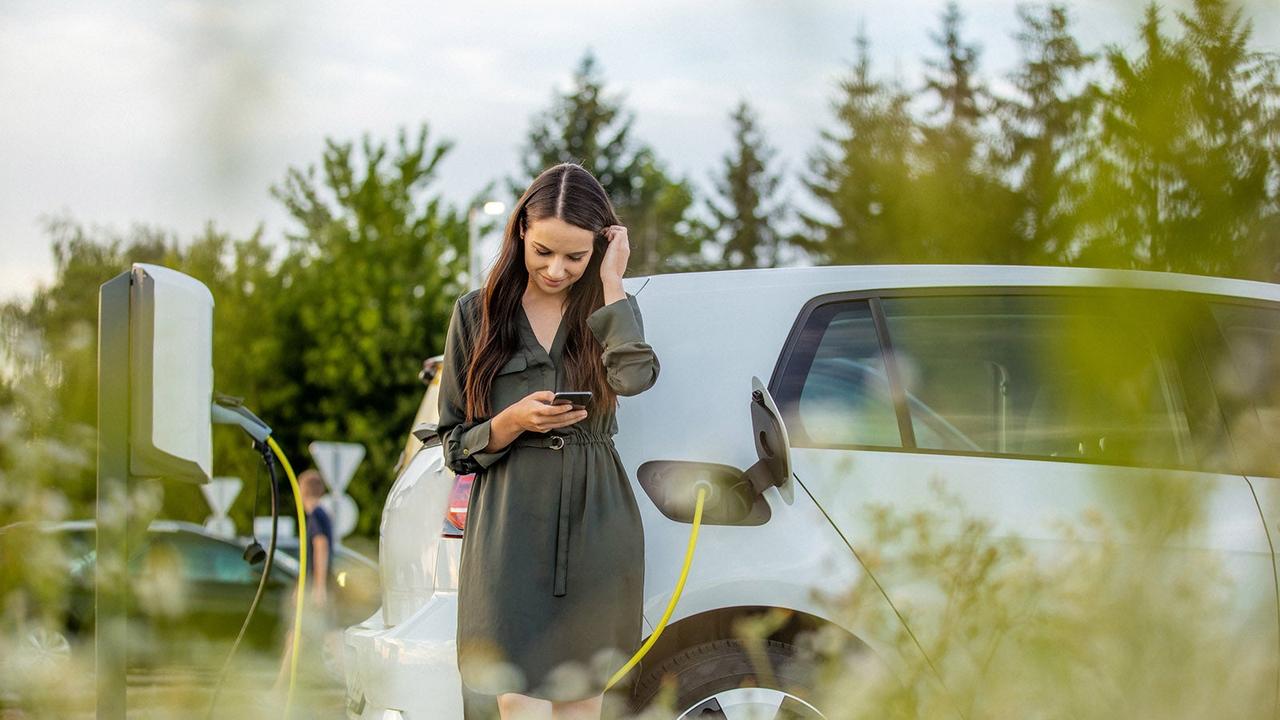
If you're coming from a fuel-powered car, you might be used to using Google Maps or Waze to plot your route. These services don't usually build petrol stops into their routes because it's assumed that, wherever you are in the UK, you'll probably be able to find a nearby station.
Things are a little different with EVs. There are far fewer charging points than petrol stations so you'll need a helping hand finding them along your route. Thankfully, there are several different services you can use to plot your journey, building in charging stops along the way so you don't spend hours hunting for a plug. Zap Map and A Better Routeplanner are two of our favourites.
Using Zap Map to plan a long journey
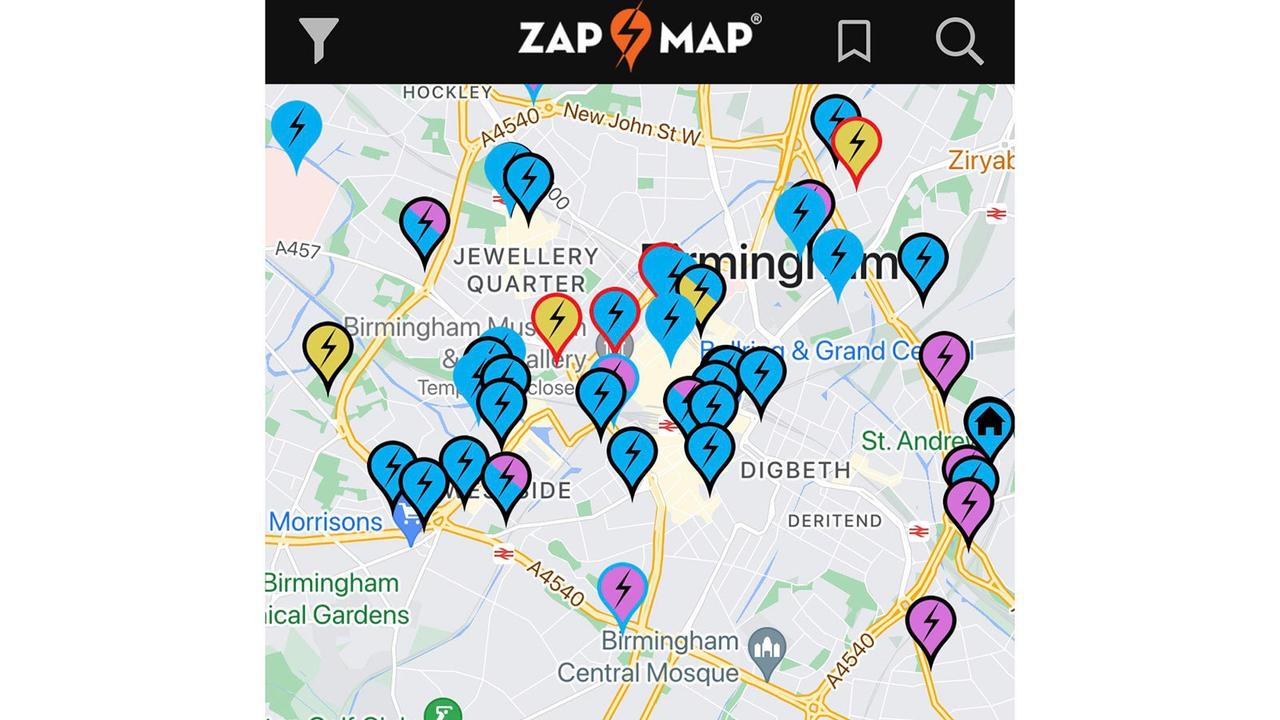
Zap Map is one of the most well known EV route planning apps. Once you sign up and boot up the app, you'll be greeted with a simple map showing nearby EV chargers. Where Zap Map shines is the detailed information you can get about the charging location including the number of chargers and available connector types, along with the speed, price and charging provider. Zap Map users often add additional comments to the chargers, such as their precise location or other handy tips, and flag up chargers that aren't working.
Zap Map also includes a route planner for registered users. Here, you can tell the app which EV model you're driving and it'll factor in your predicted charge level along your route, building in optimal charging stops to reduce the amount of time you spend plugged in. The only slight drawback is that key functions like Apple CarPlay or Android Auto integration, and the ability to search chargers by user rating are locked behind a premium account, which costs £47.99 per year.
Using A Better Routeplanner (ABRP) to plan a long journey
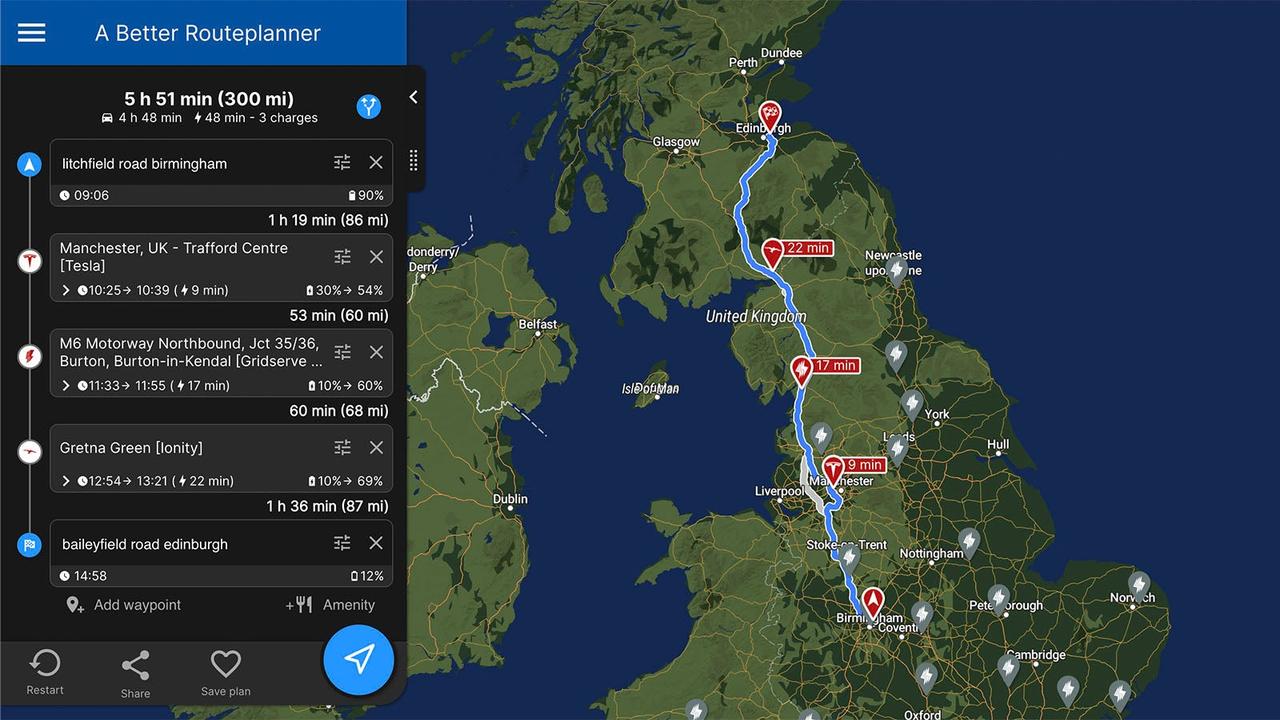
A Better Routeplanner or ABRP is a popular alternative to Zap Map. The user interface is a little more simple with a greater focus on route planning. Like Zap Map, you can select your EV's make and model, and ABRP will adapt your route to manage your predicted charge level and find the optimum places to stop for a boost.
The amount of information for each charging spot isn't as deep as Zap Map's user-supported database, but it does claim to monitor the status of chargers, helping you avoid ones that aren't working. You can also use ABRP to find nearby restaurants or shops to keep you entertained while your EV charges.
How to find EV charging stations
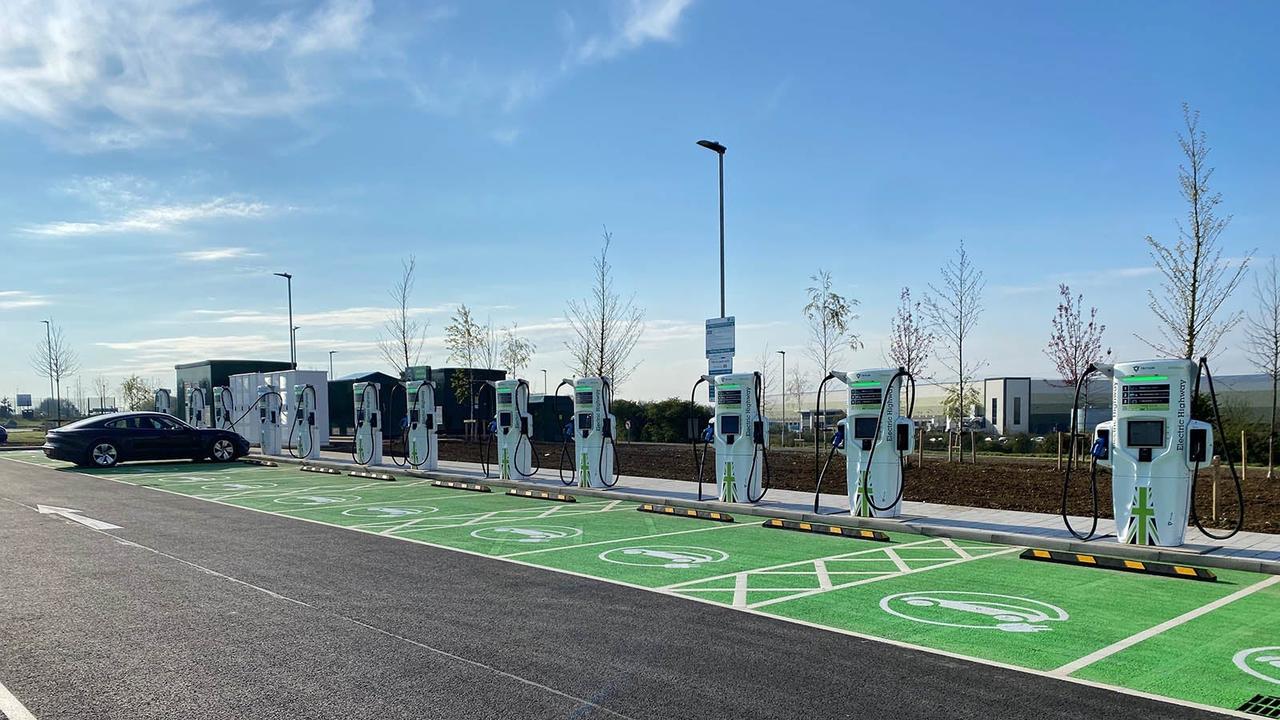
The easiest way to find charging stations, as covered above, is to use a service like Zap Map. This will look at your location, or any destination you select, and show you nearby chargers. From there, you can see their availability, speed and price, letting you pick the best option. Users sometimes add helpful comments to these services, helping you track down hard-to-find chargers.
You'll usually find EV chargers at public car parks, supermarkets, hotels, car dealerships and tourist destinations. Most chargers in the UK come with Type 2 and CCS connectors as these are the most common types on UK EVs, but plenty also feature CHAdeMO connectors, which are used by some older EV models. Services such as Zap Map and ABRP can tell you what plug types are available.
How to find free EV charging stations
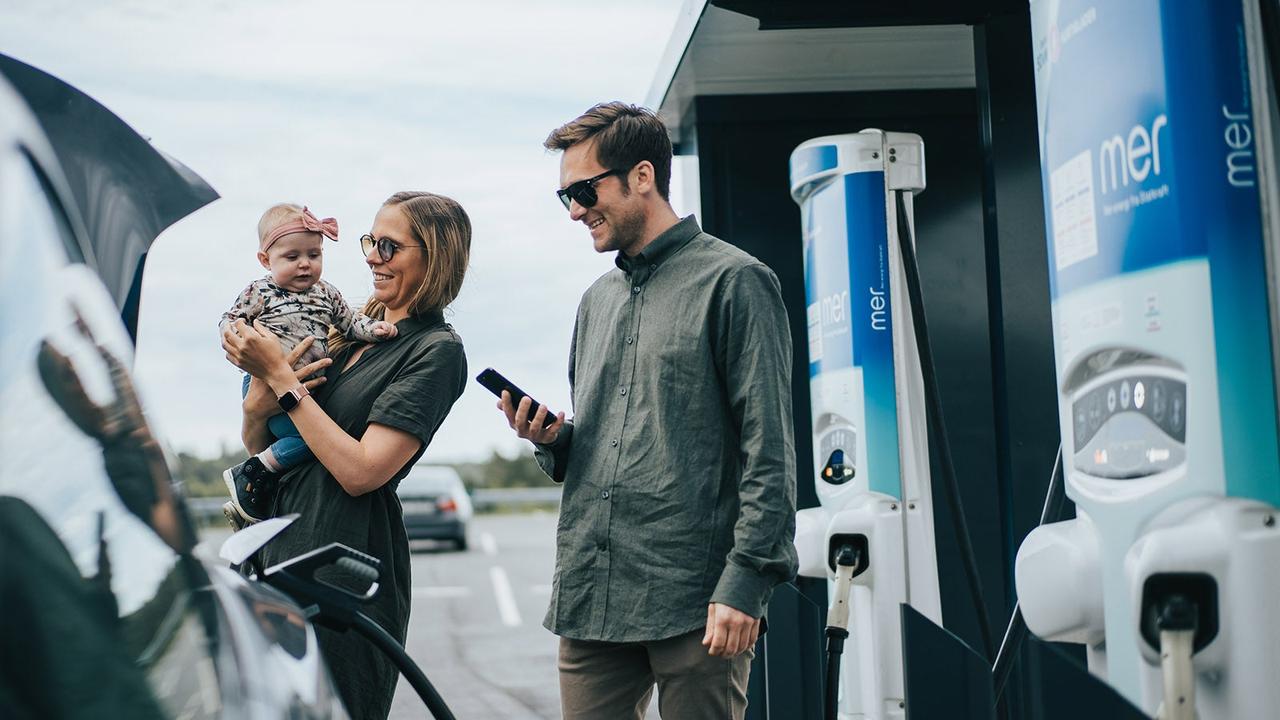
If you're using public EV charging, you'll almost certainly have to pay for it. However, there are still a handful of places you can get a free charge for your EV if you know where to look.
Some destinations such as hotels or shopping centres include free EV charging points available for customers. Certain supermarkets also have free EV chargers, although the majority of these locations have now swapped over to paid systems. You may also find a free charge at some car dealerships, but that could depend on you owning an EV from the same brand.
Do I need to have an EV with a long range?
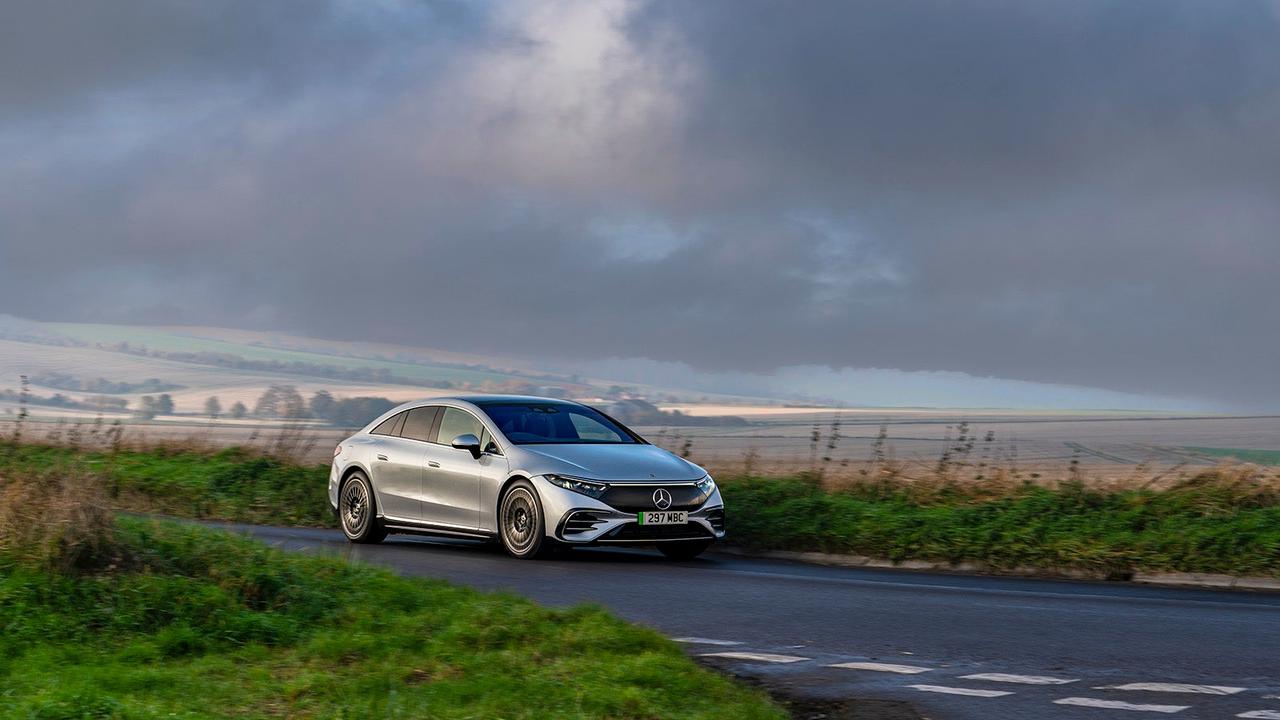
If you're tackling a long journey in your EV, you don't need one with a long range, but it will make life a little easier. Almost all EVs on sale are capable of at least 150 miles on a charge but the longest-legged examples can cover more than 300. That could mean half as many charging stops on your way to your destination, saving quite a bit of time.
An equally important measure here is how long your EV takes to recharge and the rate your charging point can achieve. A modest 7kW charge point like you'd find at home or at a workplace will only get you about 30 miles after an hour's charging, whereas a faster 50kW charge point can get you more than 100 miles of range in less than half an hour. That's why it's worth hunting for fast chargers along the way if you're taking a long trip in your EV. Just remember that a car capable of charging at 50kW will still only charge at up to 50kW if you plug in to a 100kW charger.
What do you need to prepare for a long journey in an EV?
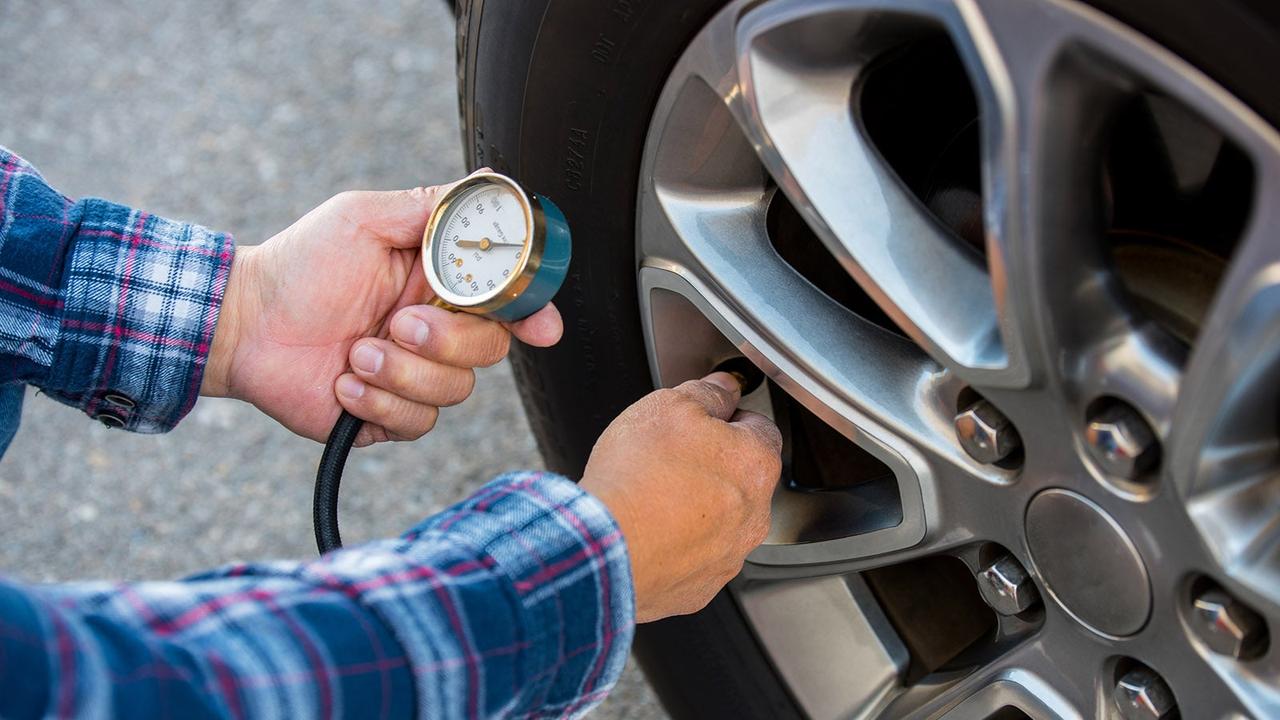
The first thing you should prepare is your route plan, using one of the services we've covered above. This means you'll know where each charging stop is, and have a reasonably good idea of how long you'll need to stay there to make it to the next one.
Next, it's worth making sure that your EV has a decent charge level before setting off. If you have access to a home charger, that means making sure you plug your EV in overnight so you can set off with as close to a 100% charge as possible. Alternatively, charge your EV at a local public charging point the night before setting off so you're ready to go in the morning.
Finally, the last preparation steps will be the same as those travelling in a fuel-powered vehicle. First, make sure you've packed any snacks and beverages you'll want for the drive, along with any chargers and comfort items for passengers to while away the miles. Then you'll want to make sure your car is safe to drive – that means tyres correctly inflated, brakes working properly, windscreen clear from obstructions and screenwash topped up.
Tips for long-distance driving in an EV
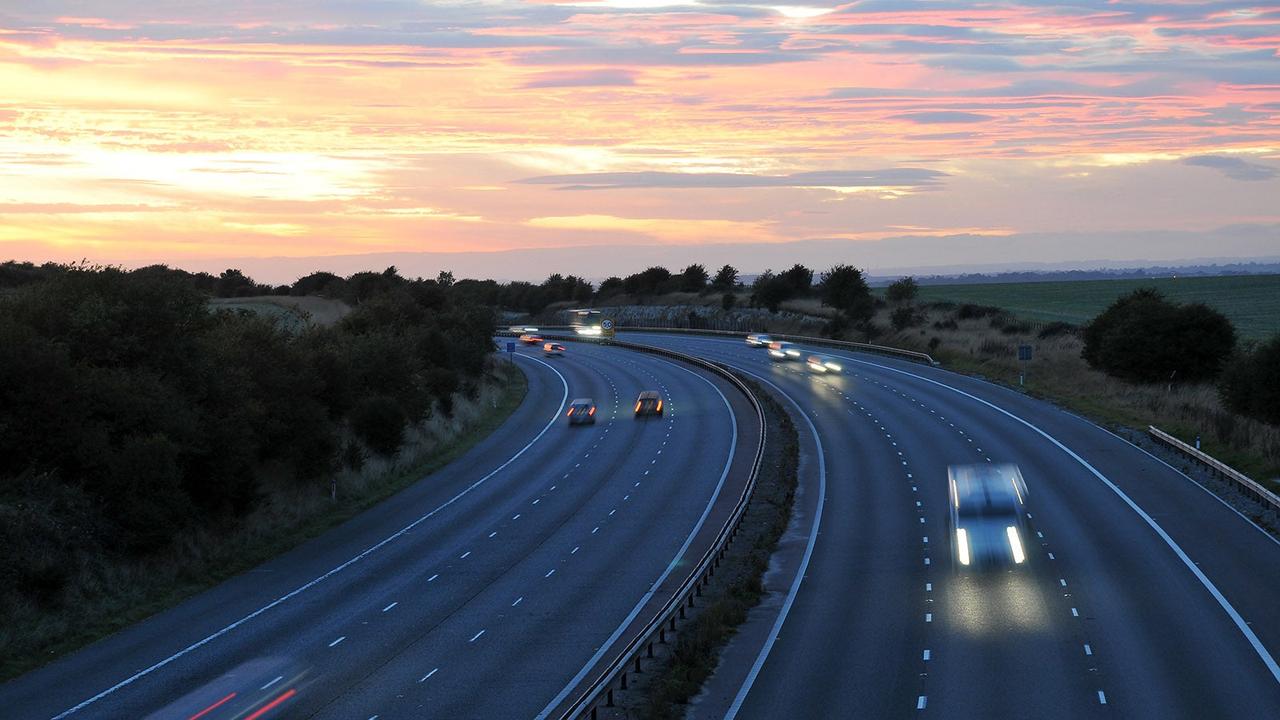
Recharging an EV is a little more of a hassle than refuelling an engine-powered car, so it's important to squeeze the most miles out of every charge. One of the easiest ways to make your battery go further on a long journey is to avoid speeding on the motorway. The amount of energy an EV needs to move increases dramatically as speeds rise, so driving at 70mph rather than 80mph can substantially increase the distance you can travel on a charge.
Other techniques that can help extend your range include minimising the amount of heating or air con you use as both will draw extra current from the battery pack. Having the car's stereo on won't use much power but vehicles with posh rear-seat entertainment systems or with lots of plugged-in devices will drain a battery faster. It's also important to have your tyres correctly inflated, not just because it's safer, but because it'll decrease your car's rolling resistance and improve its overall efficiency.
Finally, as you're driving, try to predict how traffic ahead of you will change. Effectively reading the road in front of you means you'll rarely have to brake suddenly or accelerate harshly, further improving your car's efficiency. EV drivers can often vary the amount of energy regeneration their car does under braking – some find it effective to use strong regen around town but to reduce the amount on the motorway, allowing the car to 'coast' more.
Find a great value EV
If you fancy making the switch to electric power, take a look at Motorpoint's huge selection of nearly new electric cars. To see some of our picks for the best EVs on the market, read our list of the best electric cars on sale.



































